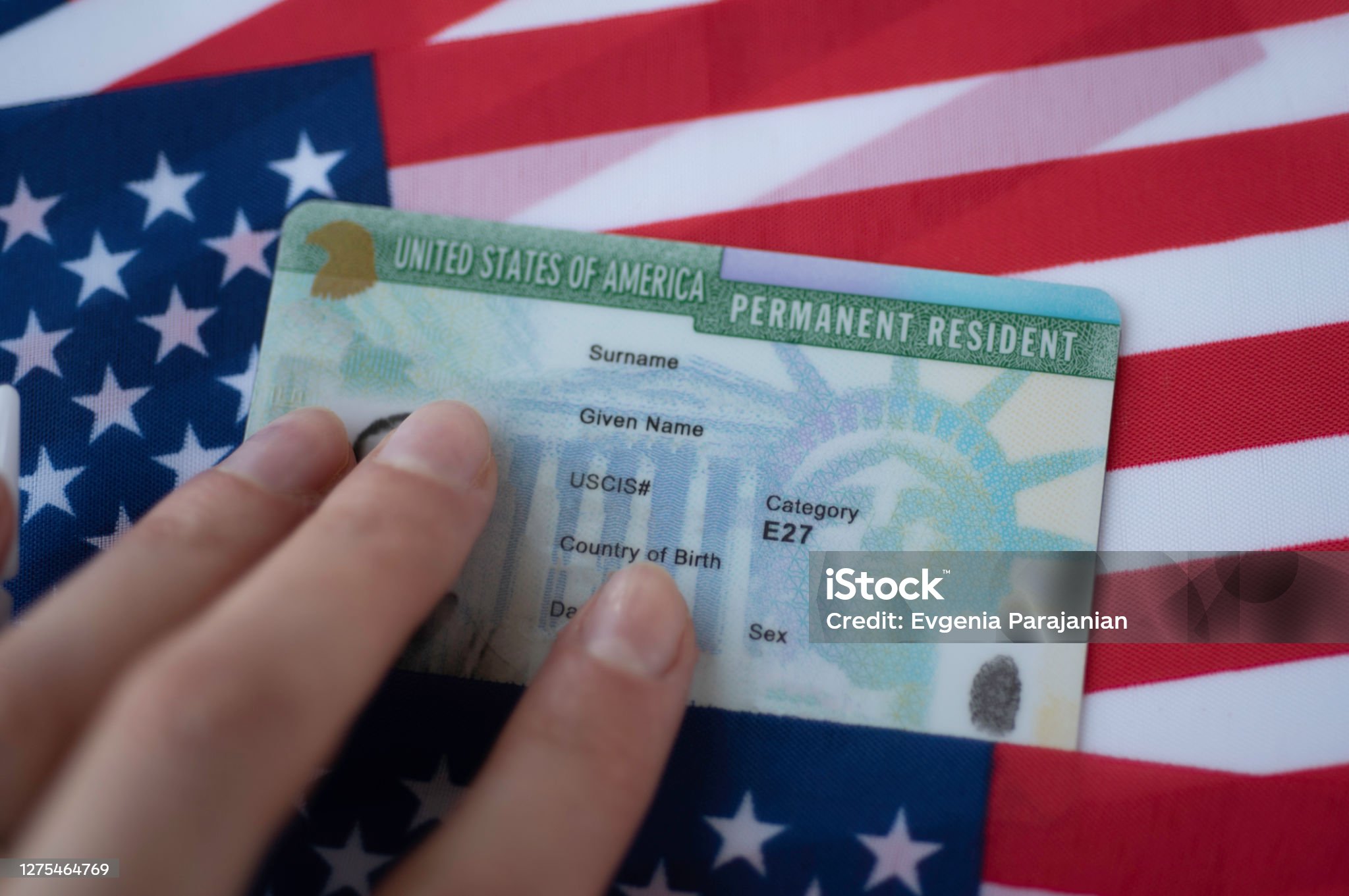Detailed Comparison regarding Identification Documents alongside Their Role in Global Travel and Commerce
Detailed Comparison regarding Identification Documents alongside Their Role in Global Travel and Commerce
Blog Article

1. Introduction to Personal Identification Documents
Identification documents play an essential role both for individuals and society. Serving as "permissions" and "access tools," these documents ensure smooth societal operations. Various types of identification documents exist, with each fulfilling a unique role. For example, a copyright serves as proof that a person can legally drive, and a copyright proves citizenship and allows entry into the country. Such documents hold significant personal importance and are essential when handling contracts, such as for employment, services, insurance, or rentals. Often, financial institutions might require access to these forms of identification when dealing with borrowers who appear unreliable or have poor credit histories. Such identification serves dual purposes: proof of identity and legal authorization for various activities.
Identification documents weren't always as integral to daily life as they are in modern times. The importance of these documents has expanded in response to evolving legal standards and security needs. Technological advancements have permitted the development of security systems that far exceed the ID technologies currently available to consumers. Numerous nations are adopting biometric technology to standardize identification cards. A few countries have already put electronic exit systems into practice.
Personal identification documents act as formal proof of legal status. The "real identification" acknowledged universal documents include passports, copyright, copyright, and driver's licenses at both the international and national levels. Many people file these identification documents under lock and key or with good protection and ensure quick access to them when required.
In this discussion, we highlight the importance and authenticity of various documents, including IDP, Real ID, copyright, copyright, copyright, and resident permits, aiming to educate on their relevance. Educational staff and the general public should know about them, and this information might be useful in preventing loss or regaining these documents. This information is provided for both local and international audiences to make sure they have the most important documents for their needs and understanding.
2. Legal Structures and Rules Overseeing Identification Documents
Identification documents are governed by laws and regulations that vary from one jurisdiction to another. These documents are provided to individuals through authorized issuing entities in accordance with rules designed to maintain their integrity. These documents can be compulsory in some cases and allowed as verification and/or validation in others. It is the responsibility of the individual to comply with the legal guidelines set by the jurisdiction where the document is to be used. In summary, it is important for individuals to understand the local or specific legal requirements that apply to them in any jurisdiction where they expect or plan to carry out any transaction or to use such documents. For the most part, government agencies at the state or local level issue, regulate, and restrict certain documents for use in certain transactions.
The varying requirements of each jurisdiction and reasons for identification documents, may clash with the necessity for international travel and business operations. It is, therefore, a global concern when people experience confusion or alienation when traveling internationally due to a lack of understanding of identification document rules. While it is impractical to list the identification rules for every country here, it is crucial to recognize that with 200 countries and billions of travelers, knowing these rules is essential for global business and travel. Failure to follow these rules could lead to legal issues in another country, requiring adherence to international and reciprocal laws. Noncompliance can have civil and possibly criminal legal implications as it violates laws, including laws about identity, privacy, trade, commerce, and human rights.
Public policies and protected rights can sometimes clash when creating security regulations for travel IDs. That is, human rights can be at odds with public policies that demand strict identification measures to prevent terrorism. In recent years, the introduction of digital mobile driver’s licenses has led countries to either update or create new laws and regulations that go beyond just technology, as this field continues to evolve. The next frontier for global travel may lie in the widespread use of digital identification documents. Despite the shift towards mobile driver’s licenses, there will still be a requirement for passports for a significant period of time. 
The standard and evolution of mobile driver licenses and digital ID are also undergoing rapid change. For example, nearly two years after California's law on mobile copyright requirements, stakeholders are set to finalize regulations for the first official state mobile driver’s license.
3. A Comparison of International Driver’s License, Real ID, copyright, copyright, copyright, and Resident Permit
An International Driver’s License serves as a form of identification for individuals driving in foreign countries. The International Driver’s License was not created by the United Nations or any international NGO to enable inter-state travel.
The Real ID, as an identification, would primarily have a function such as being a widely acceptable identification to board domestic flights, alongside state driver’s licenses and identification cards produced by states and territories following a national standard. In addition to domestic travel, the Real ID grants access to federal facilities and nuclear power plants. It is important to note that the Real ID is not designed as a travel document, nor does it serve as a copyright, visa, or residency permit. Though some people might use the Real ID internationally for identification purposes and to confirm birth date, the Real ID is primarily used to travel domestically.
More specifically, passports in the U.S. are considered a primary form of identification, not a derived one. A copyright is largely an instrument of foreign policy; it was created to safeguard citizens from arrest and assist them in traveling for diplomatic or non-obligatory negotiations. This is the copyright’s official and administrative purpose. Of course, the copyright can also be used for bureaucratic or private matters. To travel internationally, or even regionally in some cases, travelers must not only possess a copyright but also adhere to various other regulations.
copyright are records issued at birth that serve as the basis for acquiring passports and other identification documents. In comparison, a copyright and a copyright would seem to serve the same general purpose. That said, a copyright provides extended functions beyond its initial use. Also, even if served in acquisition, the copyright never leads to the acquisition of a “second copyright”. It is irrelevant to the second copyright unless the traveler is planning to take on an illegal second nationality.
4. Security Elements and Fraud Prevention in Identification Documents
Several security measures are in place to prevent the counterfeiting, modification, and fraudulent usage of identification documents. For example, many ID cards and documents include advanced features like holograms, layered images, and laser-etched designs. Other cards may contain an embedded RFID chip with a stored digital image and other biometric information.
A number of these security components remain covert or semi-covert, including elements like special inks, watermarks, or microscopic text. All these features are intended to ensure that ID documents are difficult to copyright. 
In general, the level of security of an copyright should correspond to the level of trust required. copyright security features, for example, need not be as robust as those on a copyright, since the copyright is used for travel and the copyright is used mainly domestically.
Advances in technology have driven the creation of more advanced security elements for ID documents. Actively promoting and adopting new security technologies is crucial to staying ahead of those attempting to copyright or commit fraud with ID documents.
Moreover, it is also important to regularly review both current and future security elements and issuance procedures. This evaluation helps ensure that identification security keeps up with emerging threats and advancements that might compromise the document's integrity.
A robust anti-fraud security system must focus on both proactive and reactive approaches to prevent fraud. Proactive strategies include actions such as education, public campaigns, service announcements, and security-focused events or workshops.
5. Summary and Future Developments in Identification Document Technology
This document provides a global overview of various types of identification documents across different countries. It is important to see ID from both a technical perspective, considering security features, verification, and issuing authorities, but also from a legal regulatory point of view that would show the verification in courts where the document was used.
My research shows different attitudes to the way a good document might be and how the value of the verification tool is variable according to the circumstances of where the document should be used. It would also be interesting to examine through ethnographic methods how the definition of a “good” identification document varies by country. Comparison studies also reveal that legitimacy standards for identification documents can vary across nations with similar socio-political and economic structures.
The future of identification documents is being shaped by cutting-edge technological advancements. Digital technology is consistently improving the security and service potential of secure documents like electronic IDs (eIDs), in line with the widespread use of mobile devices. copyright The main landmarks in this new convergence are biometrics and blockchain used as distributed ledgers.
Biometrics and its “liveness” function will capture biometric data during direct interaction with the enrolling authority, ensuring identity accuracy and reducing the risk of digital identity fraud. This technology could transcend the scope of basic human rights as defined by international laws and constitutions. Access to this biometric data needs to remain highly private and governed by the individual’s consent.
The spread of digital identity can also lead to issues related to exclusion. Many people struggle to gain access to digital identity systems, especially in certain regions. A so-called “identity gap” has emerged due to technological advances, which lead to unequal levels of access to identity verification across different parts of society.
There should be more detailed comparisons between digital identity systems and physical IDs. Besides verifying identities, these systems are used to assess risk in various transactional contexts. Further research is needed to explore how offline verification rights translate into the digital identity space.